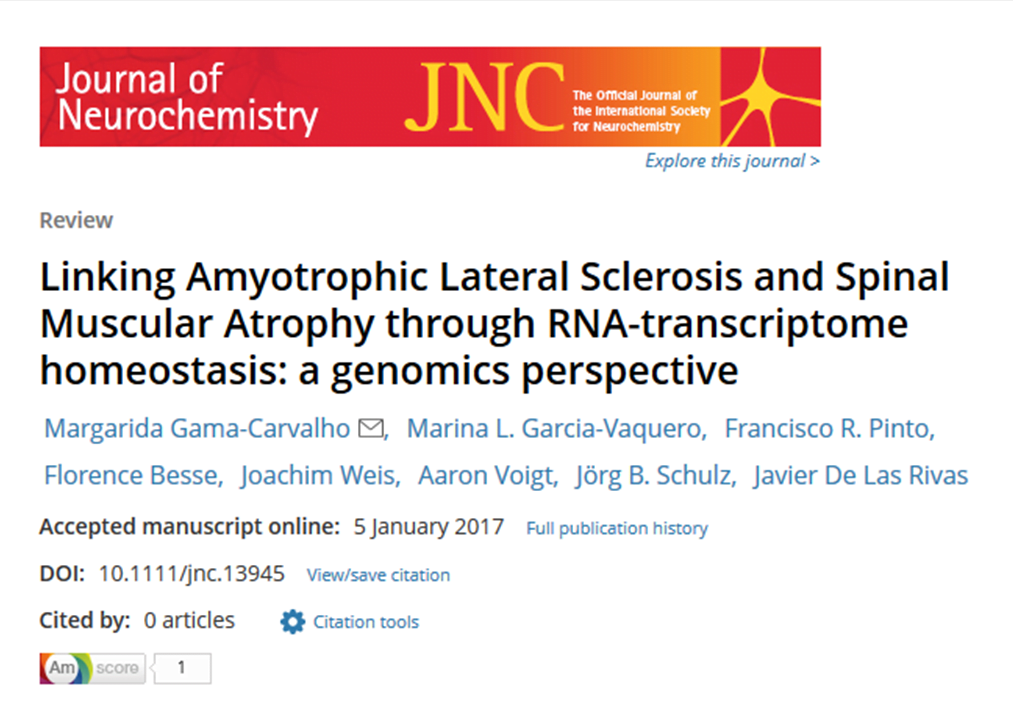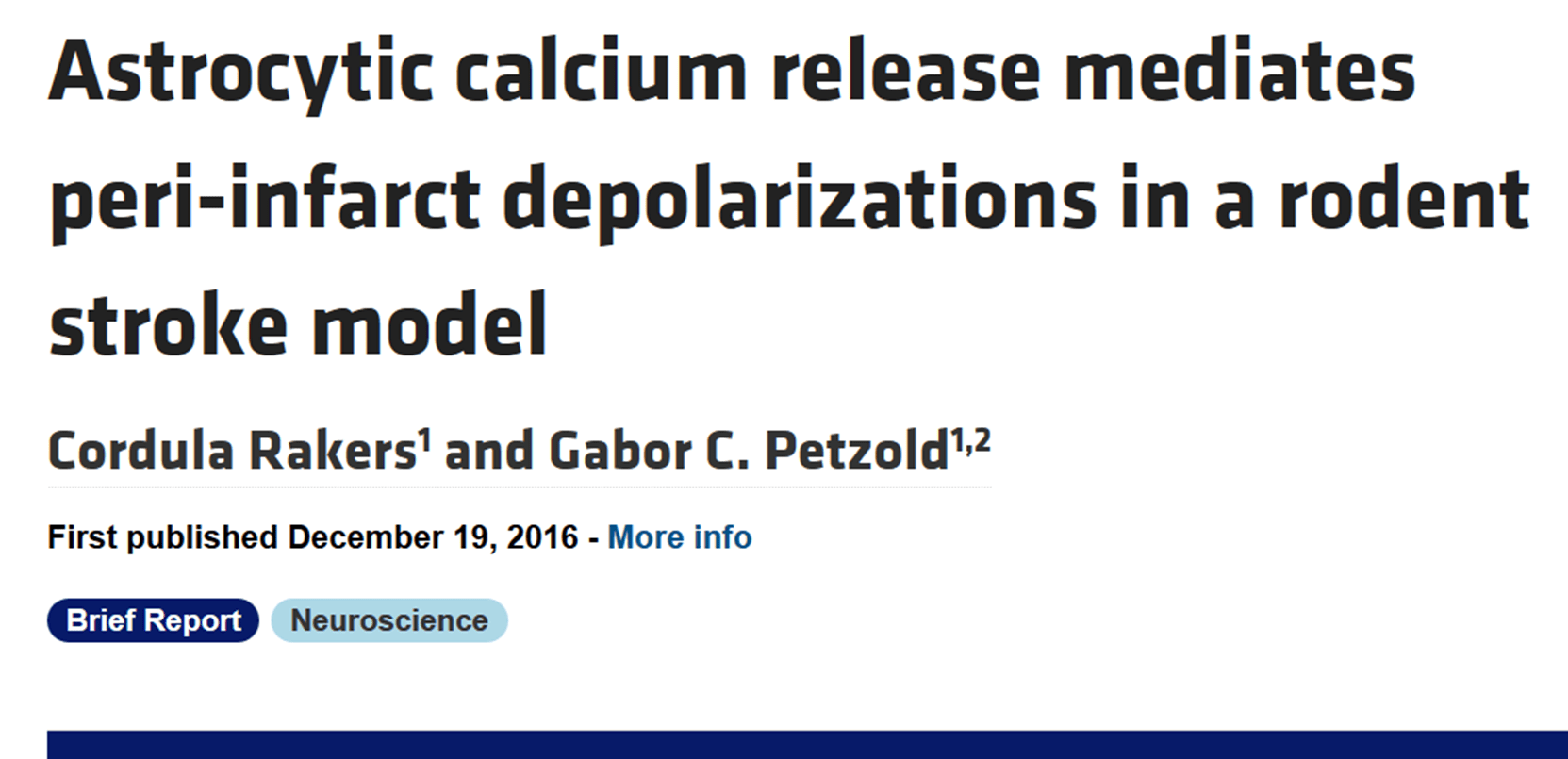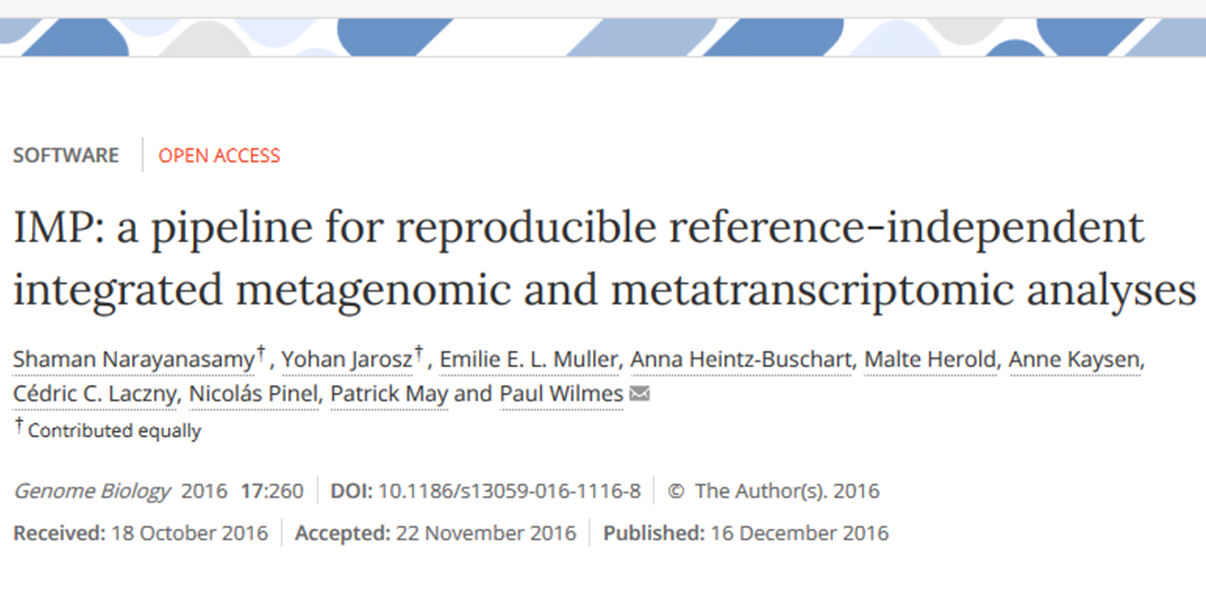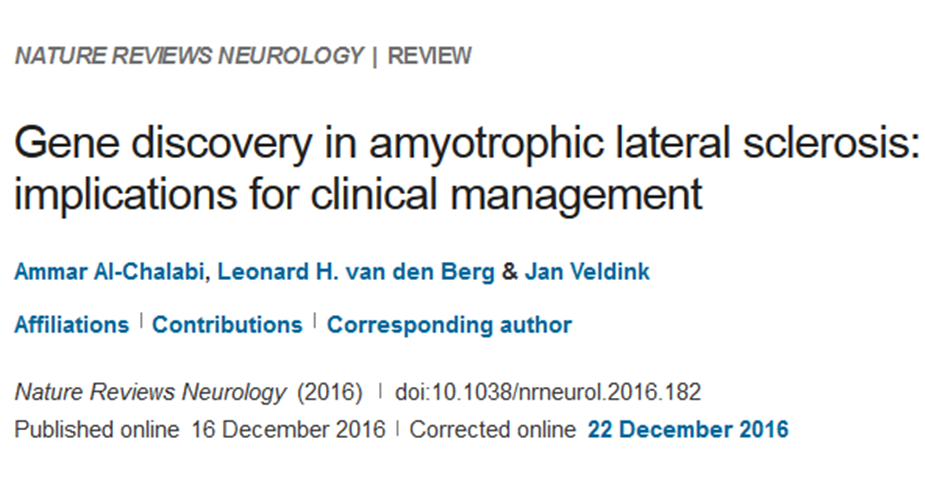New research reveals that foods like fruits and vegetables that are high in antioxidant nutrients and carotenoids are associated with better function in amyotrophic lateral sclerosis (ALS) patients around the time of diagnosis. This is among the first studies to evaluate diet in association with ALS function and the first to show that healthy nutrients and antioxidants are associated with better ALS functioning. The findings are published in JAMA Neurology.
Researchers examined the links between nutritional intake and severity of ALS for patients who had ALS symptoms for 18 months or less. The study, which relied on nutrient intake reported using a food questionnaire, followed 302 participants recruited at 16 clinical centers throughout the U.S. The researchers used a validated measure of ALS severity and respiratory function.
The researchers found that “nutrition plays a role both in triggering the disease and why it progresses.” They also found that milk and lunch meats were associated with lower measures of function, or more severe disease. Two different statistical analyses both indicate that diet may help minimize the severity of ALS and point to the role of oxidative stress in ALS severity.
Paper: “Association Between Dietary Intake and Function in Amyotrophic Lateral Sclerosis”
Reprinted from materials provided by: Columbia University




